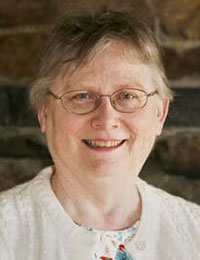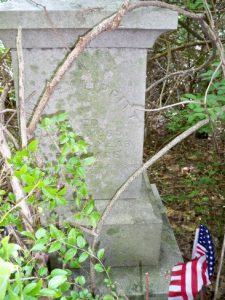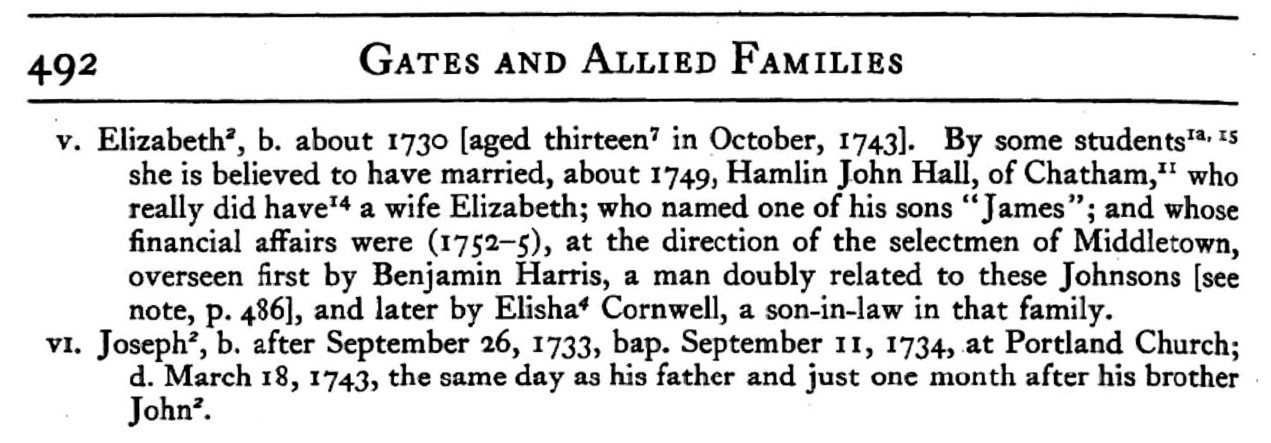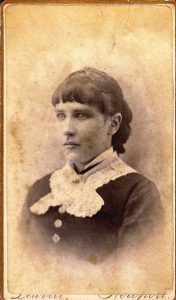
Many of us have bunches of old family letters set aside to review – preferably with the sender and the recipient already noted on the envelope. Years ago, as I was researching my first family history (The Sarsaparilla Kings[1]), I was fortunate enough to have some published (as well as unpublished) sources available to consider the relationship between my great-great-grandfather Frederick Ayer (1822–1918) – one of the two Sarsaparilla Kings – and his son-in-law George Smith Patton Jr. (1885–1945).
Frederick Ayer made two distinct fortunes – in patent medicines with his elder brother, Dr. J. C. Ayer, and in textiles and other investments later in life – and by the turn of the twentieth century he was a wealthy man. His second wife, Ellen Barrows Banning (1853–1918), was a member of a sprawling family with connections in Delaware, Minnesota, and California, among them to the family of George and Ruth Patton of San Gabriel, California. Continue reading ‘Neutral ground’








